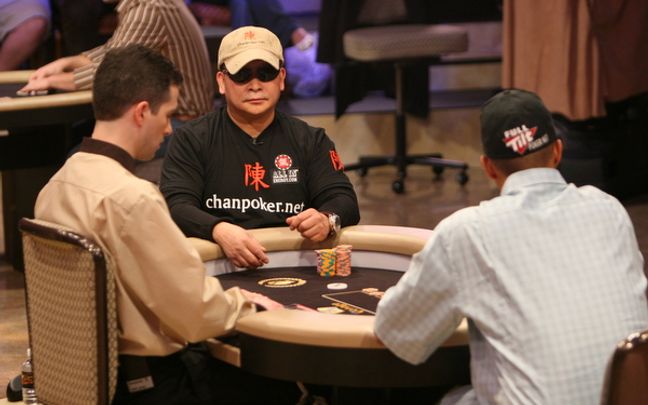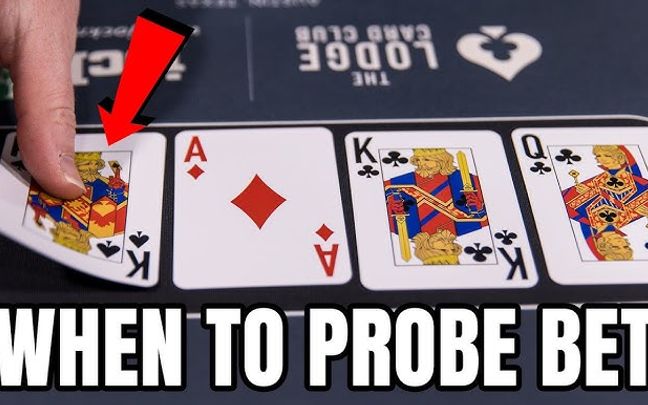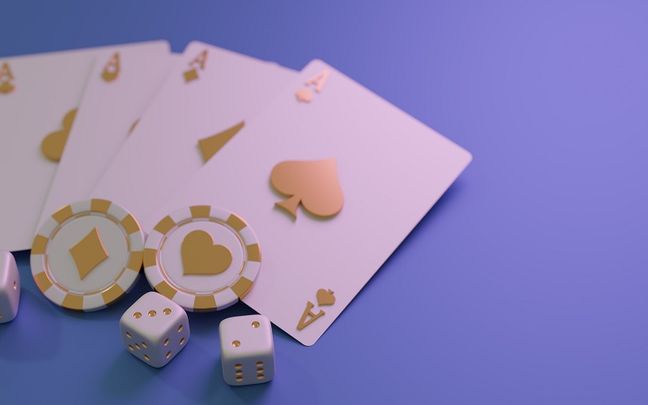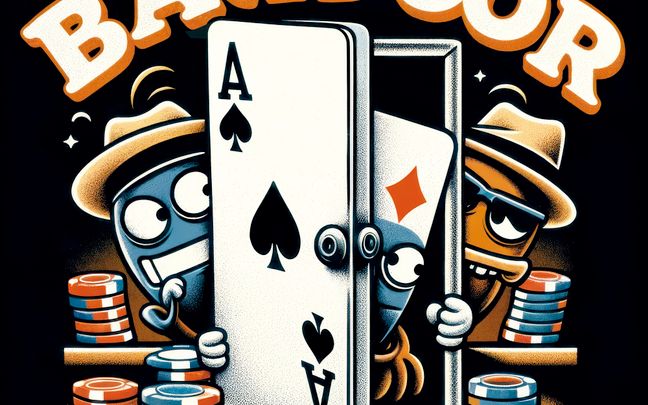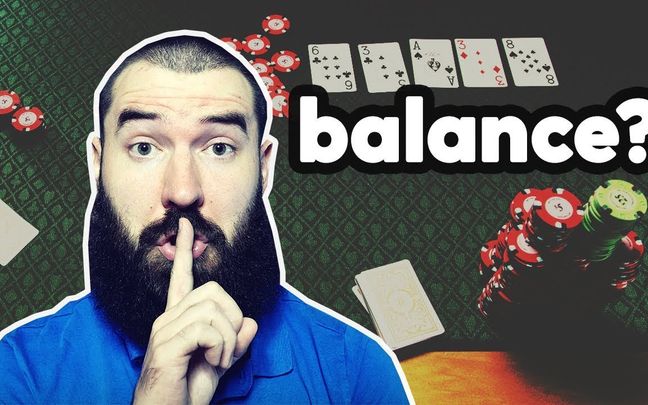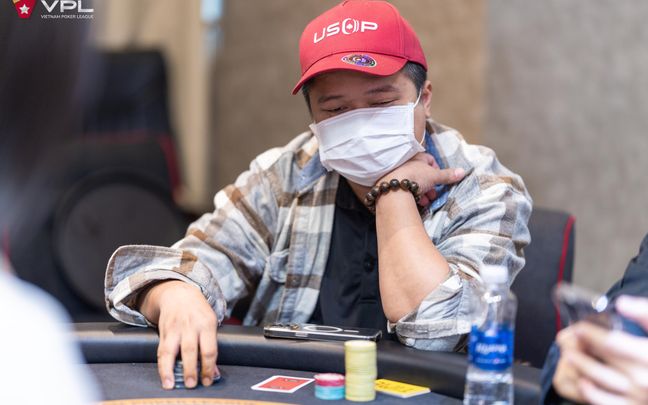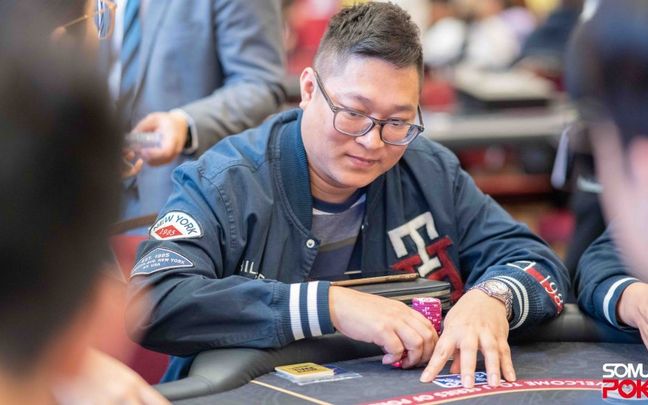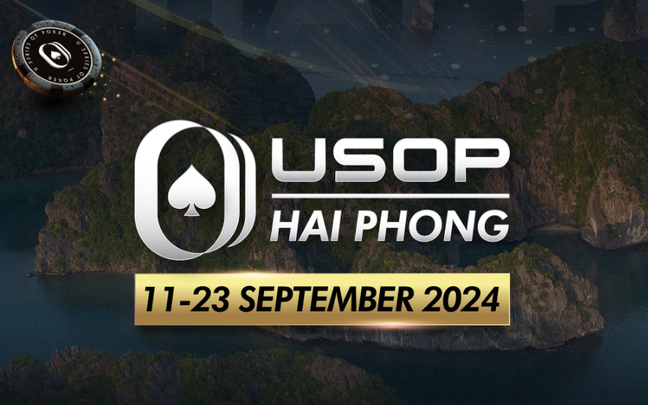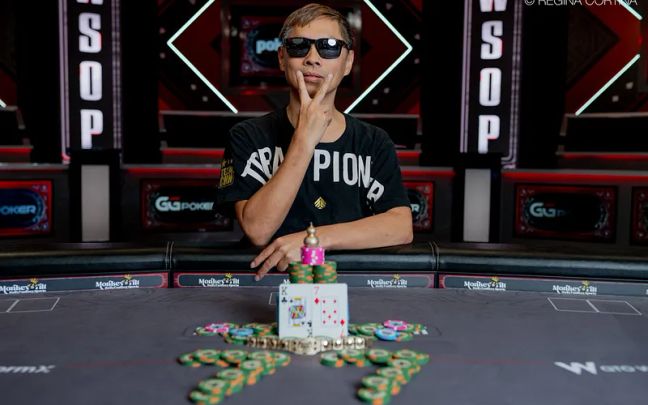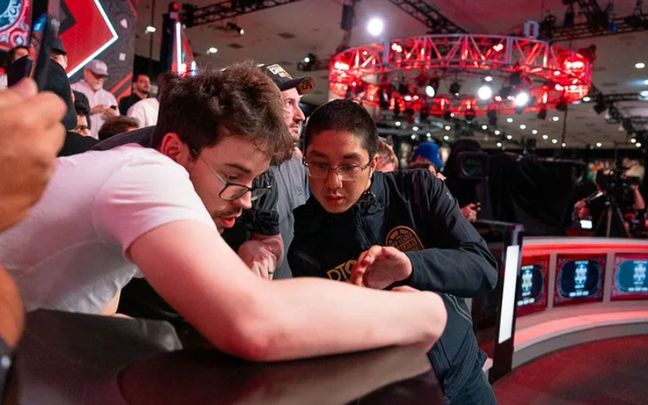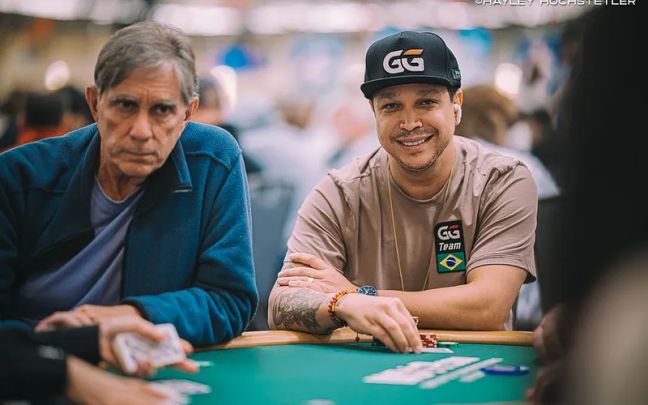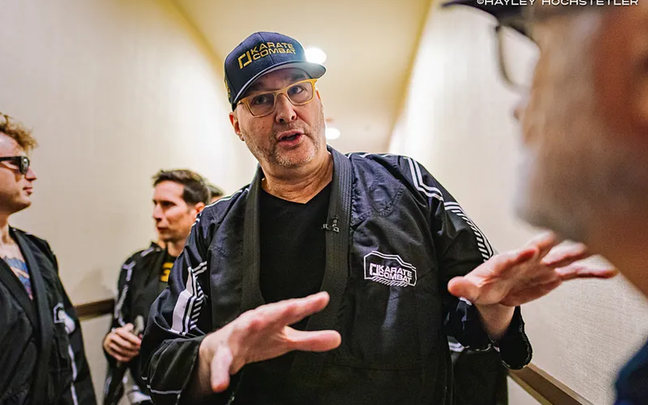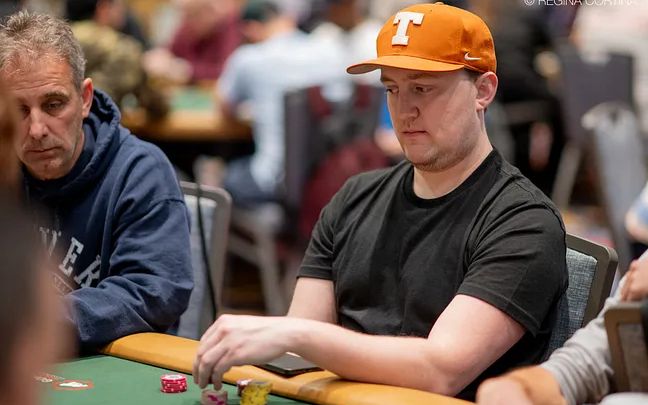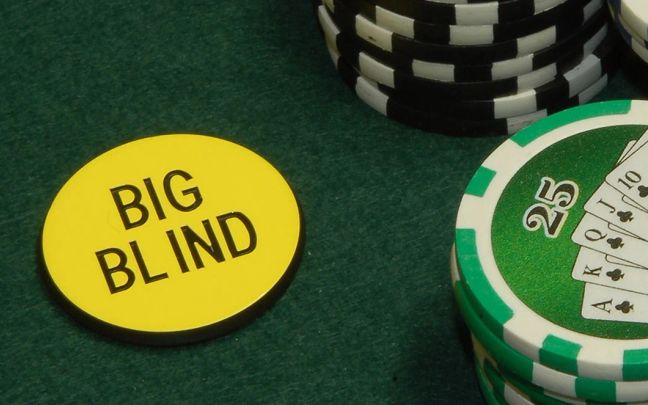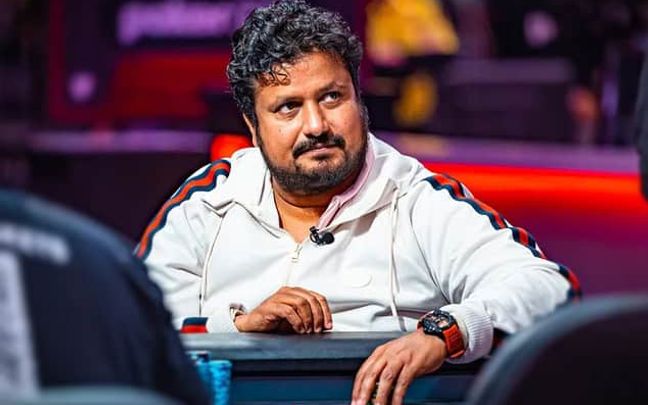Hello, I'm Faraz Jaka. With over 19 years of professional poker experience and nearly a decade spent coaching aspiring players, I've witnessed the evolution of various poker strategies. One such strategy that has consistently yielded positive results for my students is what I call "The Art of Check-Raise from the Big Blind."
This is a rarely used weapon, but it can significantly alter your position at the table. Let's dive into it.
Playing from the Big Blind
As we know, you will call with a fairly wide range when sitting in the Big Blind. In fact, you should be playing with about 60%-85% of hands, depending on the effective stack, position, and the open raise size. This means you need to learn how to play with all kinds of less-than-ideal hands like 65 off-suit, J5 suited, etc.
With top pair and a medium kicker on the flop, it might not seem too strong in other situations, but when you're in the Big Blind, confidently check-raising to extract value is crucial. Let's consider a specific example:
On a board of K♣ 6♦ 2♣, you're in the Big Blind with K♥ J♥, and your stack is 40BB. The opponent opened from MP and c-bet 2BB into a 6BB pot.
Many players will just call here, thinking, "Why raise? I don't need to turn this hand into a bluff, and weaker hands won't call." But the meta has changed. Experienced poker players will check-raise with various bluffs like gutshots (54o), backdoor flush draws with A♣, such as A♣ 3x.
The reality is that on a dry board, MP might be c-betting their entire range, which allows us to start check-raising for value with hands like KQ, KJ, KT, and occasionally even weaker kickers because there are MANY worse hands we can extract value from here.
The check-raise doesn't have to be too large. We can raise to 5.5BB compared to a 2BB c-bet. The range chart below shows how our opponent, theoretically, will react to this check-raise.
Two Reasons for Small Sizing Check-Raises:
1. Bluffing with Drawing Hands: The primary goal when check-raising small with drawing hands is to target the weaker portion of our opponent's range. It's not about forcing hands like pocket tens to fold; instead, we aim to pressure hands like QJo, J8s, or ATo without a backdoor flush draw to make them fold.
As illustrated, a small raise can cause 30% of our opponent's hands (highlighted in green) to fold, which is an excellent result when we only raise by 5BB to claim a pot that is currently 13.5BB. This offers a very favorable risk/reward ratio. If we start check-raising to, say, 8 big blinds, this bluff would need to succeed much more frequently to remain profitable.
2. Maintaining the Presence of a Check-Raise Range: Opting for this check-raise size also serves another purpose: it allows our check-raise range, which includes hands like KT, KJ, and KQ, to still represent underpairs and A-high hands like AQ-AT with a spade. While it might initially seem that extracting value from hands like KT is limited, if we consider all the pairs and A-high hands with a spade that we can gain value from, it significantly adds to the value range.
Key Considerations for Adjusting Check-Raise Sizes:
It's important to note that if the opponent's C-bet is smaller, say around 20% of the pot, we will adjust the check-raise size accordingly, aiming to raise close to 3-4 times their bet. Conversely, if they bet a larger portion of the pot, such as 75%, our check-raise might decrease to about 2.2 times their bet. This strategic adjustment in check-raise sizing ensures that our raises remain proportional to the pot size, maximizing their effectiveness in different situations.
Most inexperienced poker players tend to check-call with a pair of Kings in response to a 2 Big Blind C-bet. The turn goes check-check, and then they bet 6BB on the river, getting called by pocket tens or a weaker King, ultimately winning 8BB postflop. In contrast, a more aggressive player might win 16-24 Big Blinds by extracting value over two to three streets in a larger pot. While there is a risk of getting dominated and losing more chips, it's worth taking that risk to potentially gain a larger stack.
This difference in play style distinguishes players who can build a large stack from those who only manage to make it into the money (ITM) in poker tournaments. Taking calculated risks and playing aggressively can lead to accumulating more chips and achieving better tournament results.
Experience the richness of poker staking with StakeZone. It's not just a platform to learn and share poker strategies; it's a community where everyone contributes to the healthy growth of poker tournaments. Don’t miss out on the valuable insights shared by poker experts on StakeZone. Join us today!

